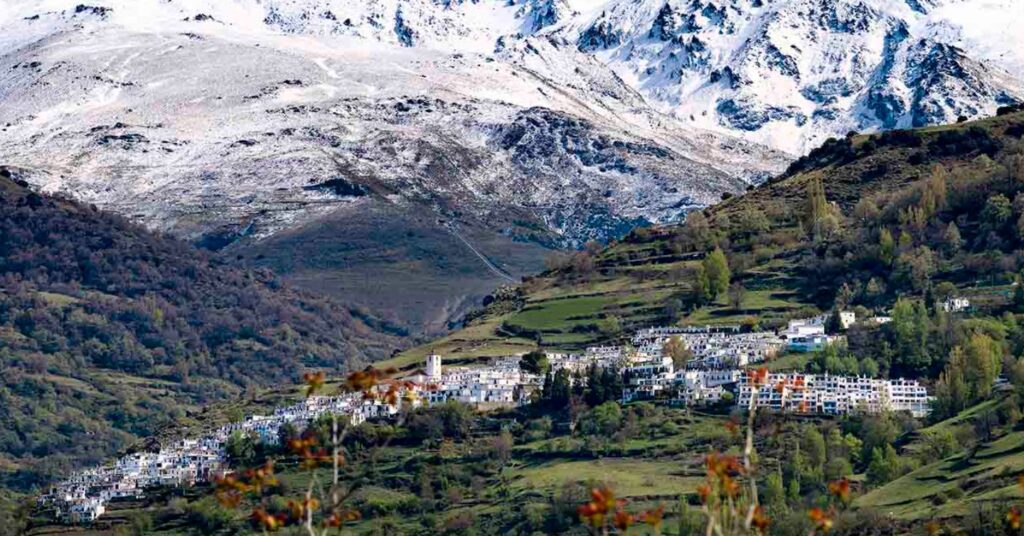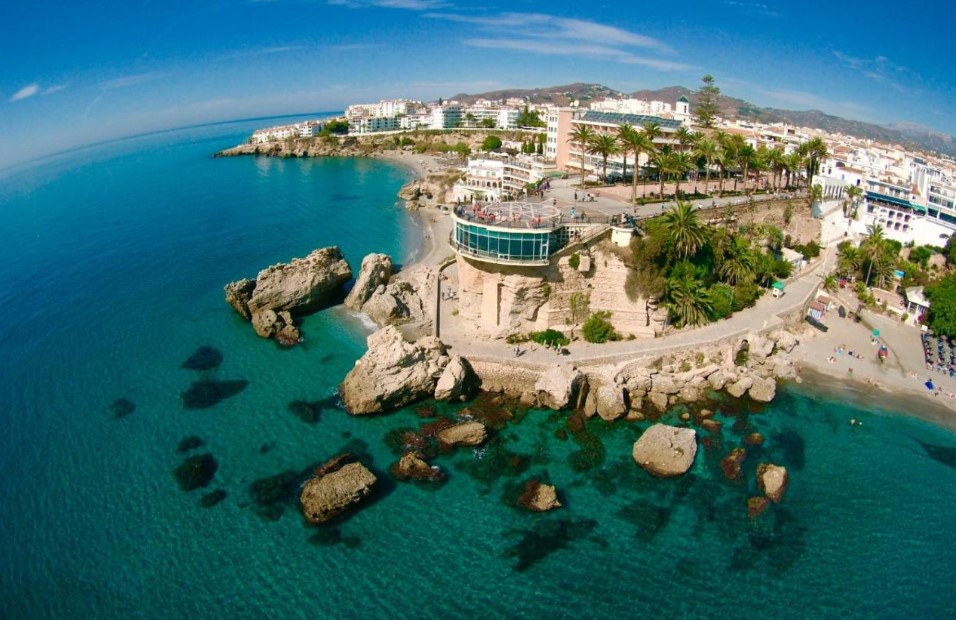For those looking for a short answer: The best time of year to visit Andalusia is in the spring and early summer (April-June) and autumn (September-October) for abundant activities, and good weather.
For those looking for a more elaborate response: Andalusia, with its rich history, culture, and diverse landscapes, is a top destination for many travelers. However, determining the best time to visit Andalusia can significantly impact your experience. Known for its warm climate, beautiful beaches, tapas and outstanding monuments, Spain offers something for everyone. This guide will help you decide the best time to plan your visit based on weather and activities.
Table of Contents
Introduction: Why Visit Spain?
Spain is renowned for its cultural heritage, delicious cuisine, and stunning landscapes. Whether you’re exploring historic cities like Madrid, Seville, Granada, and Malaga, or relaxing on the Costa del Sol, Spain offers an array of experiences that cater to all types of travelers. However, choosing the right time to visit can enhance your enjoyment of Spain.
Spain is not only one of the most popular travel destinations in the world but also one of the most varied. The north and the south strongly differ from each other and every region has its very particular background, culture, and identity.
When is the best time to visit Andalusia?
In this article, we focus particularly on the best times to visit Andalusia because no other part of Spain has this intriguing mix of cross-cultural heritage, art, nature, and passion.
For first-time visitors, we recommend you to check out our article “The Best Things to Do in Andalucia” which includes Andalusia’s most important and beautiful places to visit. For more insights on the high and low seasons, check out this brief video.
Spring (March to May)
Spring is often considered the best time to visit Spain. The weather is pleasantly warm, making it ideal for sightseeing and outdoor activities.
Weather: In spring, temperatures range from 12°C (54°F) in March to 25°C (77°F) in May. The days are longer, allowing more time to explore.
Activities: Spring is perfect for exploring historical sites and hiking in the Sierra Nevada mountains. It’s also a great time to visit the Alhambra in Granada or the Mezquita in Cordoba before the summer crowds arrive. The usual highlights of spring will include:
- Semana Santa (Holy Week): This major religious event features elaborate processions in cities like Seville, Málaga, and Granada.
- Feria de Caballo: Jerez de la Frontera hosts this famous horse fair in May, featuring equestrian shows and sherry tastings.
If you plan to visit the Alhambra, book your tickets months in advance. The Alhambra in Granada is not only the most visited monument in Spain currently, but it is also among the 10 most visited monuments in the world. Check out our top 10 tips for your Alhambra visit, including how to book your tickets.
While in the region, don’t miss the opportunity to explore the Alpujarra, one of the most picturesque areas in the province of Granada. Situated in the foothills of the Sierra Nevada National Park, the Alpujarra is renowned for its white villages, offering stunning landscapes and a tranquil escape from the bustling city.

Summer (June to August)
Summer in southern Spain is hot and bustling with tourists. It’s the peak season, especially for beachgoers.
Weather: Temperatures can soar to 40°C (104°F) in July and August. Coastal areas like Motril, Marbella, Malaga, Conil, or Cabo de Gata offer some relief with cooler sea breezes.
Activities: Summer is ideal for beach activities along the Costa del Sol. Be prepared for crowded beaches and book accommodations well in advance. Enjoy water sports, visit water parks, or simply relax on the sandy shores. Our recommendation is to visit Nerja. What really sets Nerja apart is its Balcon de Europa, a balcony above a cliff that overlooks the Mediterranean and serves as the focal point of the town. It offers magnificent views up and down the coast.

Autumn (September to November)
Autumn is another excellent time to visit southern Spain. The weather is still warm, but the summer crowds have thinned out.
Weather: Temperatures range from 21°C (70°F) in September to 17°C (63°F) in November. It’s generally sunny with occasional rain showers.
Activities: Autumn is perfect for outdoor activities such as hiking and sightseeing. It’s also grape harvest season, making it an ideal time to visit wineries and vineyards. Additionally, the olive oil harvest in Spain, especially in the Mediterranean region, starts in mid-October and ends around mid-November. This is a great time to explore local olive oil production and taste fresh, high-quality olive oil.
Winter (December to February)
Winter is the off-season (or low season) in southern Spain, offering a more relaxed atmosphere and fewer tourists. If you do not care much about temperatures and want to benefit from low crowds and better prices, winter is a great time to visit Spain. Sports enthusiasts can enjoy golf courses or ski resorts.
Weather: Winter temperatures are mild, ranging from 10°C (50°F) to 15°C (59°F). Coastal areas remain relatively warm, while the interior can be cooler and rainy.
Activities: Winter is an excellent time to explore cities without the summer heat or crowds. Enjoy cultural activities, visit museums, and try local cuisine. Winter is also the ski season in Sierra Nevada, providing opportunities for winter sports enthusiasts.
Conclusion: The Best Time for Your Visit
The best time to visit southern Spain largely depends on your preferences:
- Spring (March to May): Ideal for pleasant weather, cultural activities, and outdoor activities.
- Summer (June to August): Perfect for beach lovers and those seeking lively festivals, but expect higher prices and more tourists.
- Autumn (September to November): Great for warm weather, fewer tourists, and cultural activities.
- Winter (December to February): Best for a relaxed, less crowded experience and winter sports.
Southern Spain’s rich culture and history will captivate you any time of year. However, we believe the best times to visit Andalusia are in spring and autumn. Plan your trip according to your interests and book well in advance. If you need help, feel free to reach out to us.




